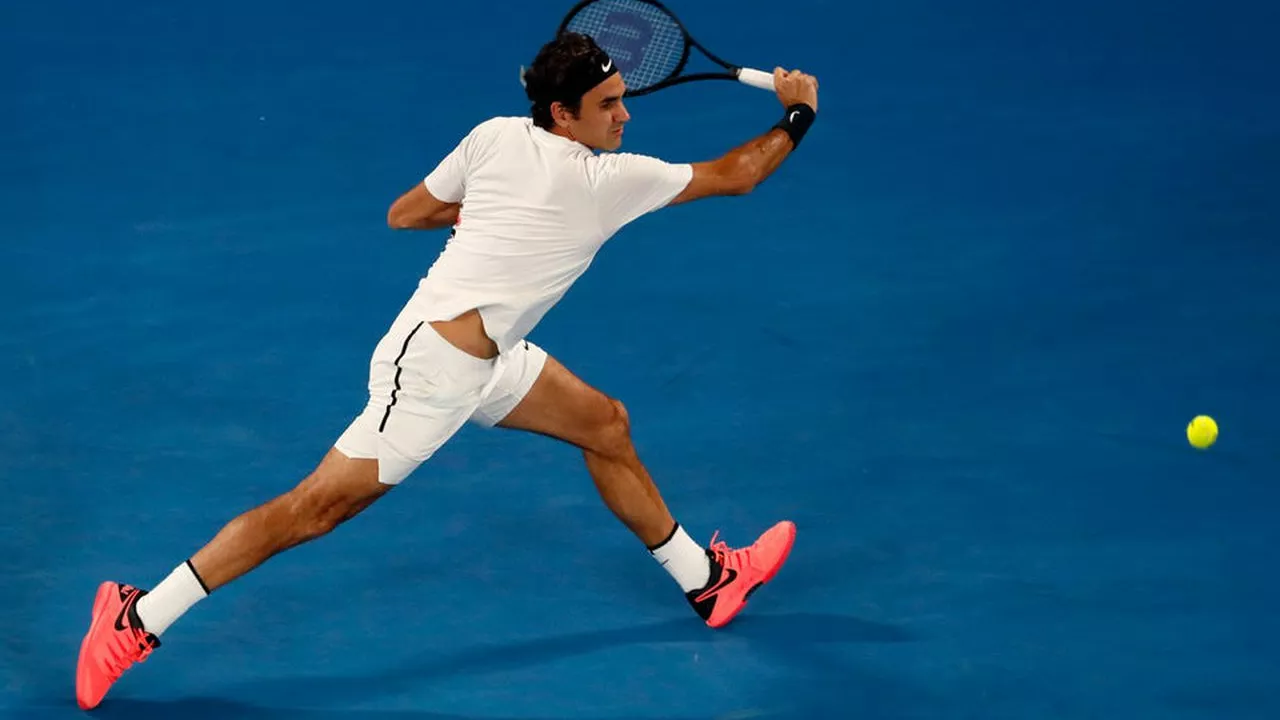Athlete Performance: Simple Ways to Get Faster, Stronger, Smarter
Want to squeeze more out of every training session? You don’t need a fancy lab or a million‑dollar coach. The biggest gains come from a few everyday habits that anyone can add to a routine. Below you’ll find straight‑forward ideas that have helped athletes across sports improve speed, power, and recovery without overcomplicating things.
Focus on the Basics First
Before you chase the newest gadget, lock down sleep, hydration, and nutrition. Most athletes underestimate how much a solid 7‑8 hours of sleep can sharpen reaction time and reduce injury risk. Aim for consistent bedtime, limit screens an hour before sleep, and keep a cool, dark room.
Water is the next free win. Dehydration of even 2% can drop performance by 5‑10%. Carry a reusable bottle, sip regularly, and add electrolytes on long workouts. When it comes to food, think quality over quantity: lean proteins, complex carbs, and healthy fats fuel training and repair muscles. A quick pre‑workout snack of banana and peanut butter can give you the energy you need without a heavy stomach.
Train Smarter, Not Just Harder
High‑intensity interval training (HIIT) is a time‑efficient way to boost speed and cardiovascular fitness. Try 30 seconds of all‑out effort followed by 90 seconds of easy recovery, repeat 6‑8 times. It’s easier on the joints than steady‑state cardio and can be done on a bike, treadmill, or even a field sprint.
Strength work should focus on functional moves that mimic sport‑specific actions. Instead of endless bicep curls, add squats, lunges, and deadlifts that build core stability and power. Use a mix of heavy loads (3‑5 reps) for strength and lighter loads (12‑15 reps) for endurance. If you’re a runner, incorporate hill repeats; if you’re a basketball player, practice plyometric jumps to improve explosiveness.
Don’t forget recovery. Muscles grow when you rest, not while you lift. Schedule at least one full rest day per week and use active recovery like light swimming or a brisk walk. Foam rolling and dynamic stretching after workouts can keep tightness at bay and improve range of motion.
Tracking progress is key. Keep a simple log of workouts, how you felt, and any injuries. Over time you’ll spot patterns – maybe you’re slower on low‑carb days or stronger after a good night’s sleep. Adjust your plan based on real data, not just how you think you should feel.
Finally, mindset matters. Set clear, measurable goals – like shaving 0.2 seconds off a sprint or adding 10 kg to a squat – and celebrate each small win. A positive outlook keeps motivation high and helps you push through tough training blocks.
By mastering sleep, hydration, nutrition, and smart training, you lay a solid foundation for better athlete performance. Stick with these habits, measure what works, and watch your speed, strength, and stamina improve day by day.

Who is better, Federer or LeBron?
Alright folks, buckle up because we're diving into the age-old debate: Federer or LeBron? Now, this is akin to comparing apples to oranges, or better yet, Swiss watches to basketballs! But hey, let's give it a whirl! Federer, with his ballet-like grace on the tennis court, has a finesse that's hard to match. But then again, LeBron, with his sheer power and versatility on the basketball court, is a force of nature! So, it's really about whether you prefer a Swiss watch ticking with precision or a basketball bouncing with intensity. Whew, talk about a sports conundrum!